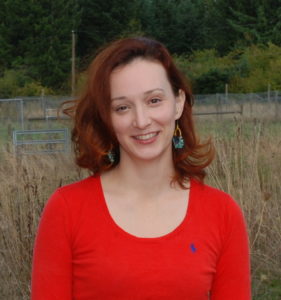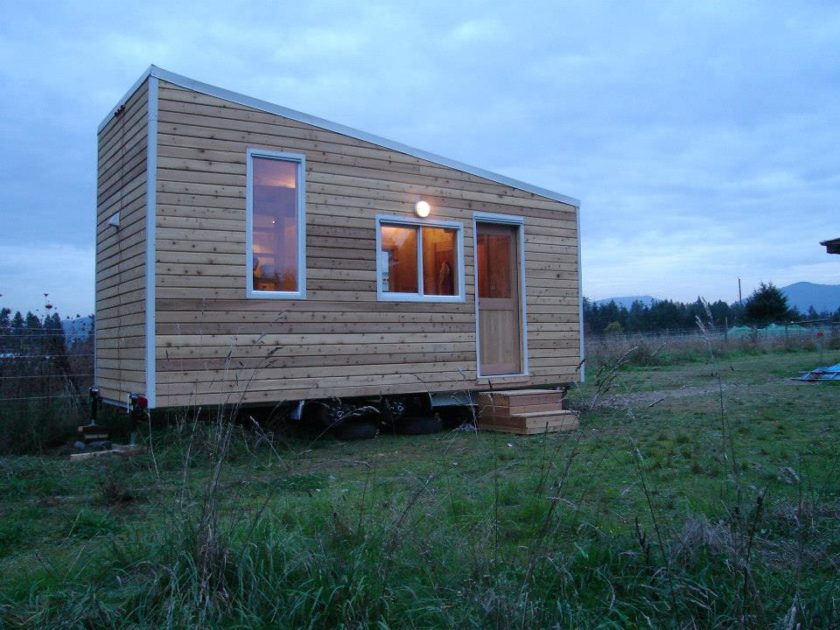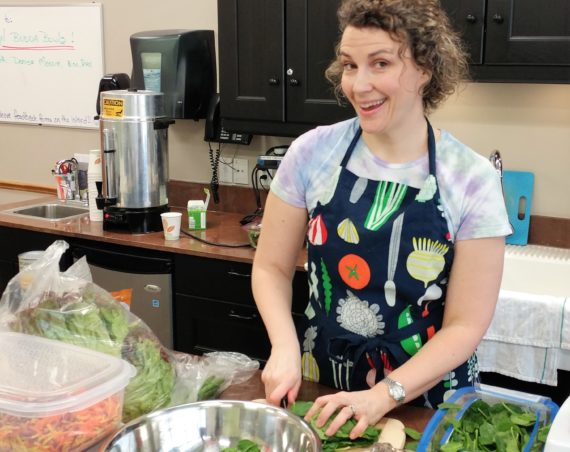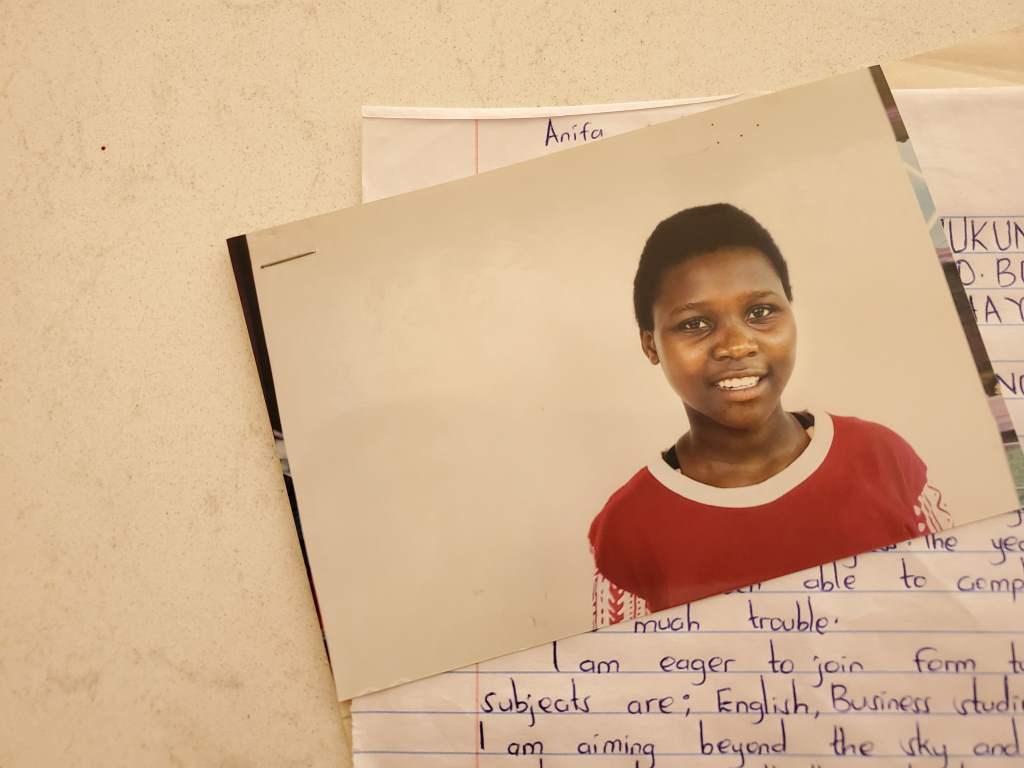Learn from Corinne Segura to get the right advice on non-toxic building materials and green building standards.
Over the next few months, Wehl will be featuring people who are making a difference in the lives of others through their wellness-related work.
Corinne Segura is a certified Building Biologist whose blog (My Chemical-Free House) chronicles her stories of building a non-toxic tiny home with no mould. In this interview, we explore why Corinne was interested in building a home with non-toxic materials, how she became certified with expertise in this field, and how she’s sharing her knowledge and experiences with others through consulting projects.
Whether you’re interested in a renovation or building your own non-toxic home, we hope this interview inspires you with ideas to improve your wellness!
 WEHL: How did you get interested in building a non-toxic tiny house, and what does a non-toxic tiny house consist of?
WEHL: How did you get interested in building a non-toxic tiny house, and what does a non-toxic tiny house consist of?
CS: I became interested in building a non-toxic tiny house out of necessity. I was extremely ill with Myalgic Encephalomyelitis (ME) and was becoming more sensitive to chemicals. When I heard about people recovering from ME by getting away from mould and other toxins I knew immediately this was a part of my health challenge. It was a mouldy building that tipped me over from working and exercising to almost bed bound. I also fell in love with the design of my tiny house and living a minimalist lifestyle; I did not have to compromise on beauty in order to heal.
A non-toxic tiny house is a house that is customized for the health of the owners. For my clients who are healthy we can use the Greenguard Gold standard which helps you choose materials that are certified to be non-toxic. For my clients who are extremely ill and sensitive to toxins we have to go as far as we can into zero-VOC materials. What’s “non-toxic” for a healthy person is not necessarily non-toxic to someone whose health is compromised. For people who are very sensitive it’s also really important that the house is customized to suit their particular health needs; different materials are used depending on the owner’s triggers and sensitivities.
WEHL: What was your biggest challenge in building your house?
CS: The biggest challenge in building a healthy home is building it to be mould-free for a very long period of time. The vast majority of houses in North America over 10 years old have some mould issue. The amount of precision and detailed attention that needs to go into building to high standards can be challenging to achieve. I now work side by side with building science experts to make sure we are building with healthy materials in a mould preventative way.
 WEHL: What’s been most surprising about the experience of building your house?
WEHL: What’s been most surprising about the experience of building your house?
CS: I didn’t know at the time that my research into building materials for my own house would turn into my dream job. It was also shocking to learn the hard way, after many repairs, that building a mould-free building is a challenging task that deserves much more attention than it gets.
WEHL: What led you to start your blog and can you share any highlights about the experience?
CS: I started the blog about building a non-toxic house because the materials I had been researching had been drawing a blank page on Google! It was quite a shock to see that this information was not out there. I absolutely love being able to share unique content that helps people with sensitivities and health challenges to find or build safe housing. A lot of healthy people use my blog as well, as people are more and more interested in taking charge of their long-term health by creating a non-toxic home environment.
WEHL: What is a certified Building Biologist and what led you to become one?
CS: A Building Biologist is someone who has completed certification with the International Institute for Building-Biology and Ecology. The Institute’s mission is “to help create healthy homes, schools, and workplaces, free of toxins in the indoor air and tap water, and electromagnetic pollutants.” This certification has helped me deepen my knowledge of how we can create homes that will aid in improving the health of their occupants.
WEHL: Can you share a story of how your consulting was able to help others with their building or renovation project and contribute to their wellness?
CS: I had a client who had to rebuild her house after a fire. She wanted a healthy home and had a child sensitive to mould. At the end of the project she was very happy with the lack of that new house smell. She had no headaches from off-gassing of materials which was a concern she had with conventional materials.
WEHL: Are you open to working with customers on custom-designing a complete non-toxic tiny house? If so, could you briefly describe the process?
CS: Many of my clients are building custom tiny houses. We start with a phone call to discuss their level of sensitivity and we start to go through the key decisions that have to be made. After that I will put together a custom materials list for their house. I also help many people in choosing a skilled builder and architect to design the moisture management system. For some clients I provide ongoing support as it’s difficult to choose all the materials in just one sitting. It’s usually an ongoing process of sniff testing materials, weighing pros and cons of unconventional materials, and seeing what is the best we can do for their budget. It’s also important to go back and forth between the building science expert and me so that we choose the right materials for the system that is chosen. We have to be careful in swapping out conventional materials for experimental ones and make sure that the moisture management system is still intact after material choices are made.
WEHL: Do you have any general thoughts on the future of the wellness industry?
CS: Since the time I started there have been a lot of changes in the industry. It is now very common for materials to list the VOC levels and it is much more common for materials to have green certifications like Greenguard Gold. There are so many more options now for conventionally priced materials that are green and healthy. The cost of building a healthy home is coming down. There are also many new materials coming on the market every month, as the industry seeks to create new healthy materials that can compete with their more toxic counterparts.
Connect with Corinne Segura:
- Web: My Chemical-Free House
- Email: corinnesegura[at]gmail.com
We invite you to join our all-in-one healthy lifestyle app at Wehl.com!
Have you custom-designed a home with non-toxic materials or would you like to in the future?
Have you had a personal experience with chemicals or mould in your house or do you know someone who has?
Tell us about your experiences below!


